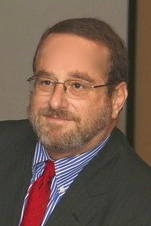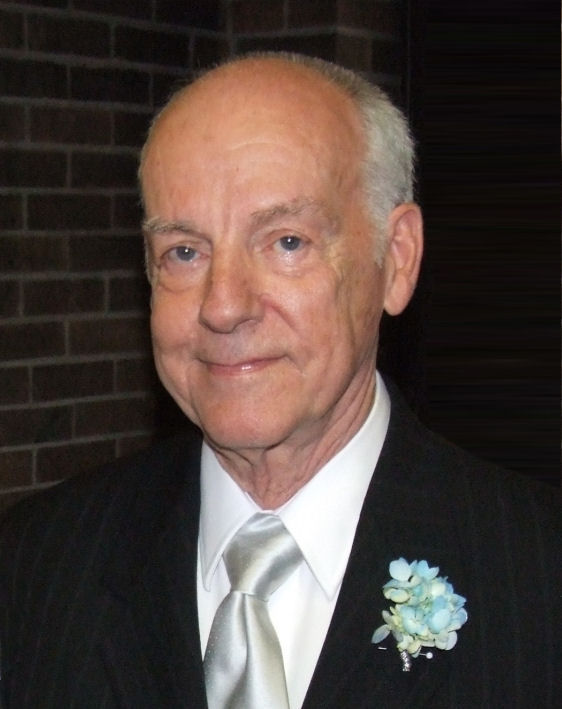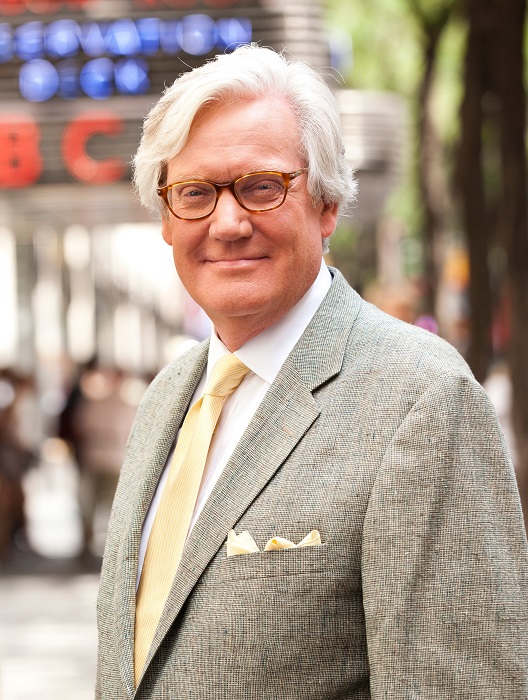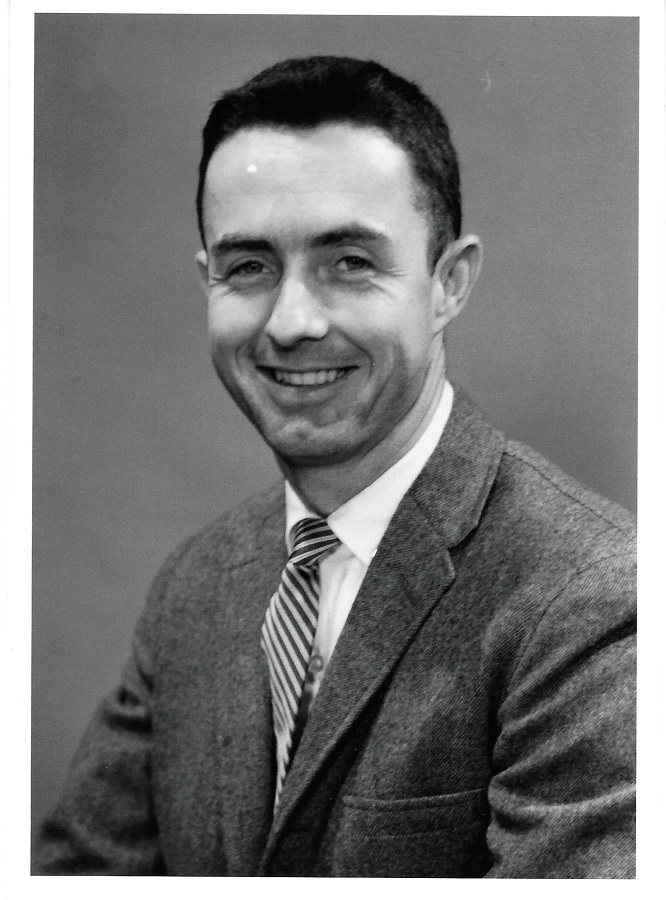Television HOF
Frohlichstein, Tripp
 Tripp Frohlichstein – 2017
Tripp Frohlichstein – 2017
Tripp Frohlichstein worked at KMOX-TV for ten years, working his way to the position of assistant news director. His years there served as perfect preparation for his true career with a company he named MediaMasters. Frohlichstein used what he had observed in television news to prepare his clients for media appearances. His work with major corporations, governments, associations and non-profits helped make his clients aware of the best ways to get their media messages across and avoid the possible pitfalls. He also served as a television critic for the St. Louis Journalism Review, Post-Dispatch and KMOX Radio, and he was an adjunct media instructor at Webster and Washington Universities.




